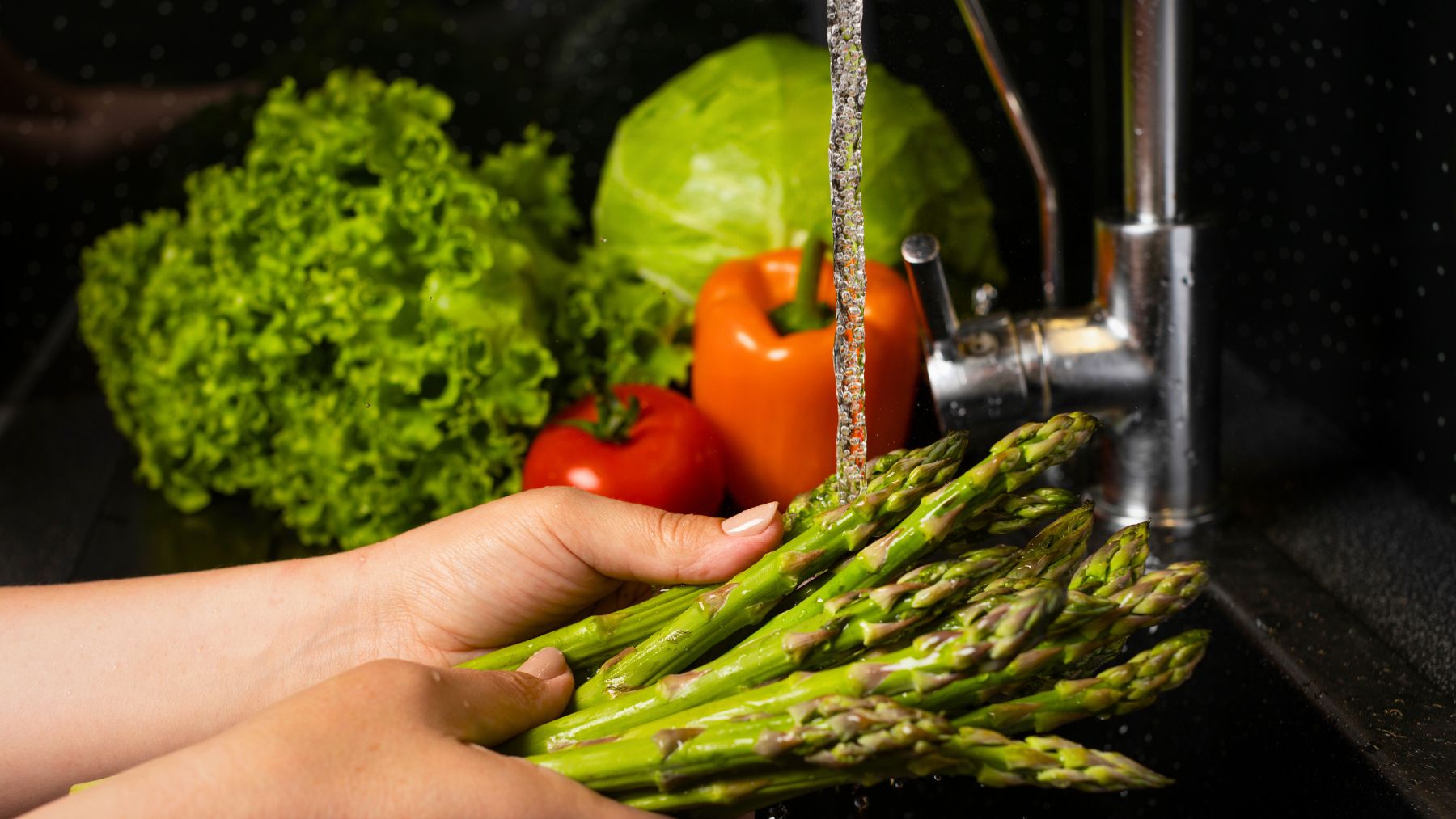When it comes to washing vegetables, many people reach for lemon juice or commercial produce washes, thinking they’re being extra safe. However, according to food safety experts, these methods aren’t always the most effective, and sometimes, they can even leave behind unwanted residues.
Getting rid of dirt, bacteria, and pesticide traces doesn’t require anything fancy. In fact, Colorado State University experts agree that the best method is also the simplest: water and friction. That matters especially for leafy greens like lettuce, spinach, or kale. Here, we’ll walk through the best method for cleaning greens, plus how to handle other vegetables to keep your meals safe.
How to wash leafy greens the right way
Leafy greens are tricky. Their folds and layers can trap dirt, sand, bacteria, and pesticide residues more than other types of produce. To clean them well, start by separating all the leaves and don’t just rinse the outer ones. Discard any that are bruised or damaged, as they tend to hold more contaminants.
Fill a clean bowl with cool water and gently immerse the leaves. Swish them around to loosen particles and let them sit for a few minutes. If you’re dealing with extra grit, you can add a splash of vinegar to the water (about half a cup per cup of water), but always rinse with clean water after to remove any aftertaste or texture changes.
Never use soap, bleach, or detergent because these can be absorbed by the porous surface and aren’t safe for consumption.
After soaking, lift the leaves out of the water instead of pouring the water out over them. This helps keep the dirt and debris at the bottom of the bowl. Blot them dry with paper towels or use a salad spinner to remove excess moisture before storing or serving.
Tips for washing other vegetables
Leafy greens may take the most effort, but other vegetables have their own cleaning needs. Here are a few straightforward tips to keep in mind:
- Firm produce like apples, cucumbers, or zucchini: Rinse under running water and rub with your hands. If there’s a waxy coating, consider peeling it.
- Root vegetables like carrots, potatoes, or beets: Scrub thoroughly with a firm vegetable brush under lukewarm water to remove dirt and pesticide traces.
- Melons: Always wash the outside with a brush before cutting. Bacteria on the rind can transfer to the inside as you slice.
- Berries and grapes: Rinse gently under cool water just before eating. Avoid washing too far in advance to prevent spoilage.
- Mushrooms: Wipe with a damp paper towel or use a soft brush. Too much water can make them soggy.
- Herbs: Swish in a bowl of water, then dry with paper towels.
No matter what you’re washing, skip the soap and commercial produce sprays. They aren’t necessary, and they haven’t been proven to be more effective than plain water. What matters most is rinsing under running water and using your hands or a brush to physically remove debris. It’s cheap, safe, and it works.

